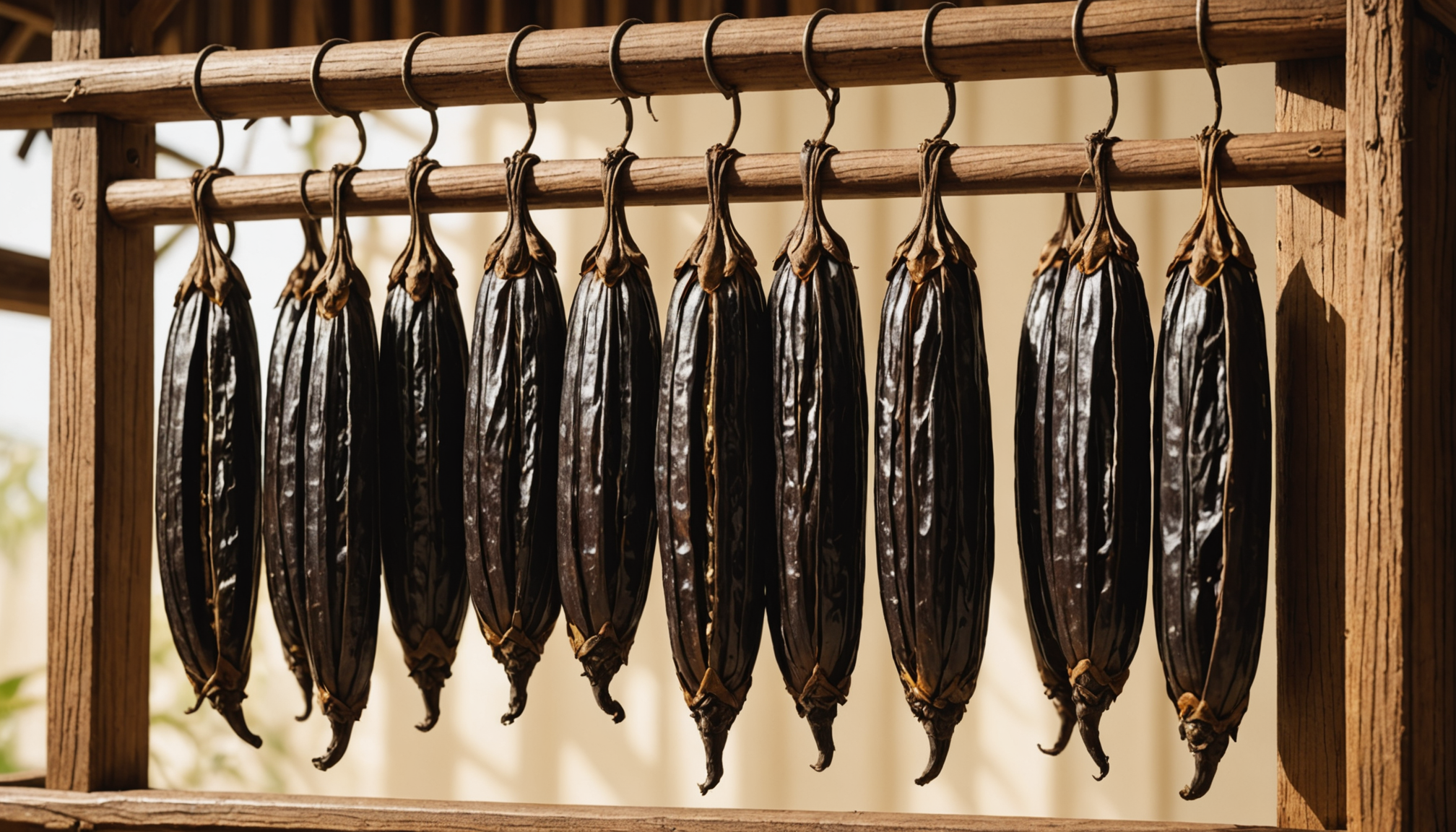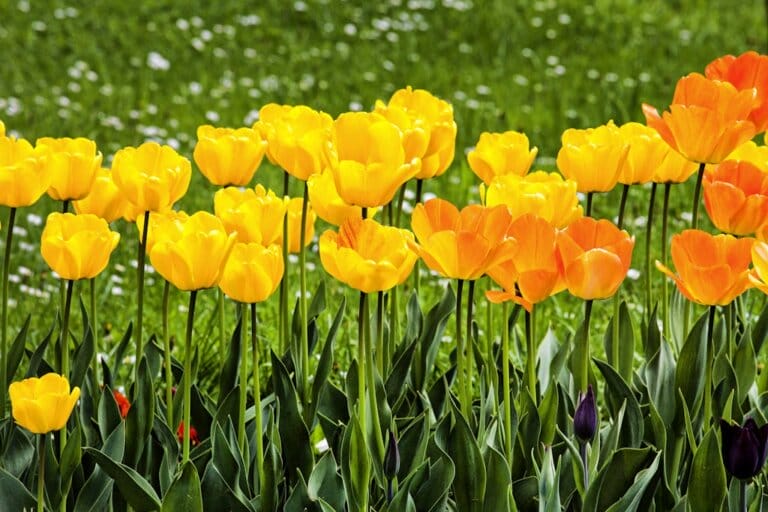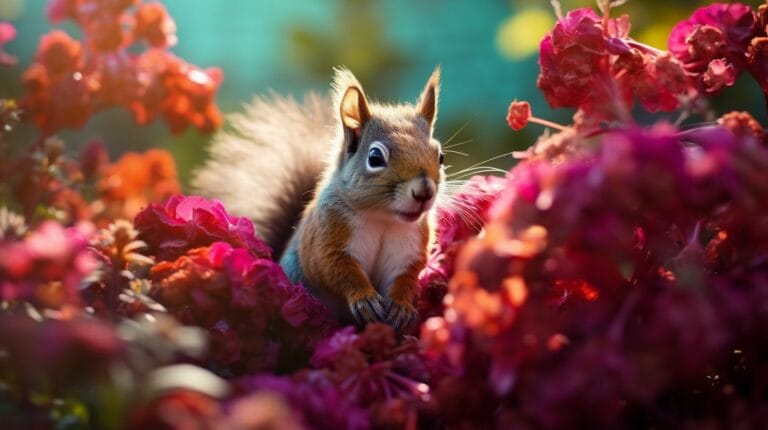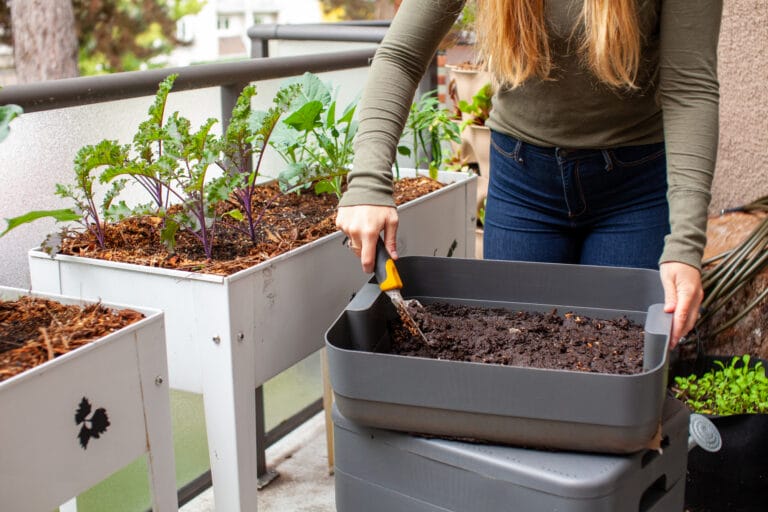Growing Vanilla bean seeds to plants is an exciting adventure that begins with selecting healthy vanilla cuttings for your indoor garden. This precious member of the orchid family offers a unique opportunity to cultivate one of the world’s most beloved spices at home, transforming your growing space into a tropical paradise.
Starting your vanilla journey requires patience and knowledge, as these unique plants need specific conditions to thrive. With proper care, your vanilla orchid can climb 3-5 meters, producing beautiful flowers that eventually transform into flavorful beans. We’ll explore essential growing techniques, from creating the perfect humid environment to mastering the art of hand pollination, ensuring your vanilla growing adventure is both rewarding and successful.
Propagation via Cuttings
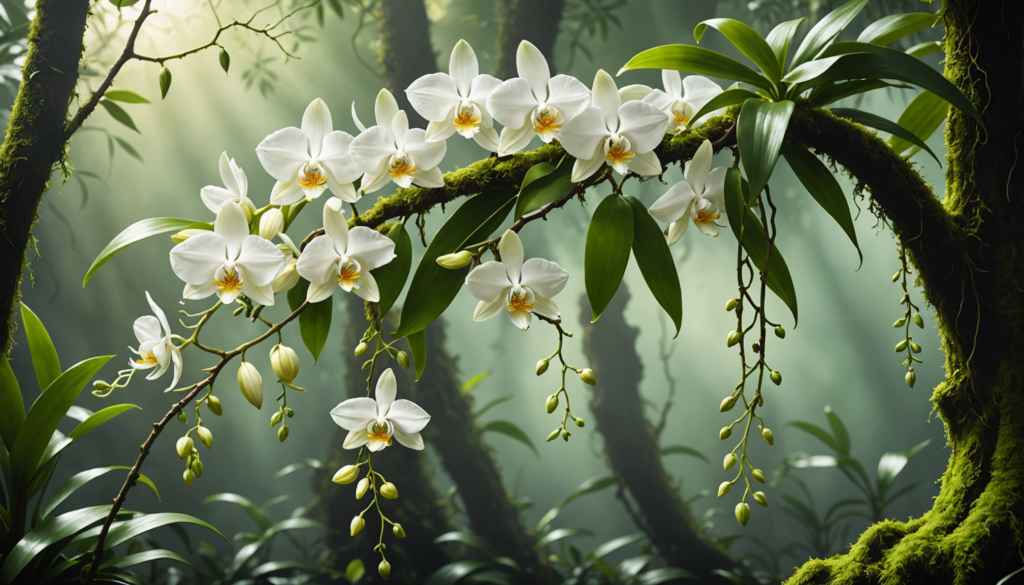
Growing a vanilla bean plant often begins with cutting propagation rather than true seeds. The vanilla orchid (Vanilla planifolia) produces pods filled with tiny seeds that rarely germinate under normal conditions. Gardeners rely on healthy stem cuttings to establish vigorous vines that climb and thrive in tropical environments. This approach saves time and increases the odds of producing fragrant vanilla beans. (University of Florida Extension, American Orchid Society)
Tips for Growing Vanilla: Choosing the Right Vanilla Plant
Select cuttings with firm green stems at least 6-8 inches long. These pieces should have multiple nodes, which develop into air roots for strong attachment. Confirm that each cutting is disease-free and taken from a mature vine. This ensures the fastest route to producing pods of vanilla seeds.
Caring for Your Vanilla Bean Plants

Best Practices for Vanilla Bean Plant Maintenance
Maintaining vanilla plants requires a stable environment and consistent care. Vanilla planifolia vines thrive under specific conditions. These plants develop air roots, which need ample moisture and airflow. Providing the right support structure is also crucial for healthy growth.
Essential Growing Environment:
- Temperature: 70–85°F (21–29°C)
- Humidity: 60–80%
- Light: Bright, indirect (50–70% intensity)
- Avoid cold drafts and direct afternoon sun.
Daily Care:
- Morning: Mist foliage. Check for pests.
- Throughout the day: Ensure good air circulation.
- Evening: Remove fallen leaves. Adjust temperature if needed.
Support System:
- Vanilla vines are natural climbers, so provide a robust support system. Use cedar or cypress poles that are at least six feet tall.
- Ensure these poles are kept clean and stable.
- The air roots need something to cling to, so the poles should offer a suitable surface for them to attach and grow.
Humidity:
- Maintain 60-80% humidity through misting, humidity trays, or a greenhouse.
- Small fans help circulate fresh air without drying the environment.
- Overly dry conditions can slow growth and reduce the chance of blossoming.
Monthly Maintenance:
- Fertilizing: Monthly (spring/summer), every 2 months (fall/winter).
- Pruning: As needed.
- Support Check: Weekly (spring/summer), monthly (fall/winter).
- Humidity: Daily misting (spring/summer), reduced misting (fall/winter).
Common Problems and Solutions:
- Yellow leaves: Overwatering. Reduce watering frequency and ensure proper drainage.
- Brown leaf tips: Dry air. Increase humidity.
- Slow vine growth: Insufficient light. Relocate the plant to a brighter location.
- Root rot: Poor drainage. Improve drainage.
Soil and Watering:
Vanilla plants thrive in a well-draining environment. A balanced potting medium helps each vanilla vine anchor and absorb nutrients. Blend orchid bark (50%), sphagnum moss (30%), and charcoal (20%) to create a loose soil texture. This ratio encourages drainage, reduces rot, and provides sufficient moisture retention. Use a well-draining orchid potting mix with a pH of 6.0–7.0. Maintain consistent moisture without waterlogging. Check soil dampness regularly to ensure the right balance for strong roots and healthy growth.
Nutrient Needs for Growing Vanilla Beans Effectively
Providing the right nutrients is essential for the healthy growth and robust production of vanilla orchids.
- Balanced nutrients are vital: nitrogen (vines), phosphorus (roots), potassium (beans).
- Trace elements (manganese, zinc, magnesium) support leaves and flowers.
- Use a 30-10-10 NPK ratio during active growth.
- Organic matter like compost is beneficial.
Fertilization Schedule:
During the active growth period in spring and summer, it’s best to apply a balanced NPK fertilizer with a 30-10-10 ratio, diluted to one-quarter strength, every two to three weeks. When the plants enter dormancy, typically in fall and winter, switch to a low-nitrogen blend, using one-eighth strength, applied monthly. As the plants begin to flower, transition to a high-potassium fertilizer, also at one-quarter strength, every three to four weeks. Always remember to thoroughly water the roots before fertilizing to prevent fertilizer burn.
Nutrient Deficiency Signs:
When leaves yellow, it’s a sign the plant may not have enough nitrogen, a crucial nutrient for growth. Leaves with a purple tint suggest a phosphorus deficiency, which is essential for root development and overall plant vigor. Additionally, insufficient potassium can lead to leaf edge scorching, indicating another nutrient imbalance. In contrast, plants rich in essential nutrients often display vibrant foliage and blooms, exemplified by various purple flowering tree varieties that thrive in well-balanced soils. Ensuring your plants receive the right nutrients not only prevents deficiencies but also promotes lush growth and stunning flowers.
Brown leaf edges are a telltale sign of a potassium deficiency, needed for robust bean production and general plant health. Finally, if new growth appears pale, it may indicate an iron deficiency, which is vital for chlorophyll production and healthy leaf development.
Secrets to Successful Vanilla Bean Harvest
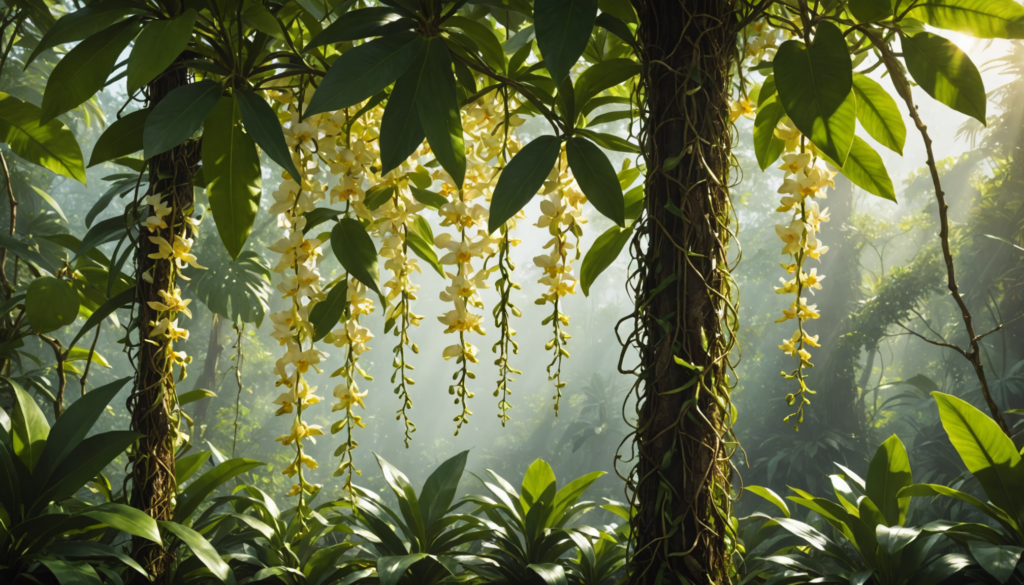
Ensure precise timing and gentle handling when harvesting Vanilla planifolia beans. That approach preserves each pod’s flavor and aroma. Vines often grow 3-5 meters and form orchid-like flowers. Each pod requires about 8-9 months of maturation after hand-pollination. Proper care during the maturation period is crucial, as it greatly affects the quality of the final product. Additionally, knowing when to plant loofah seeds can complement your harvest strategy, allowing for diverse crop management. This knowledge enhances productivity and ensures a continuous supply of various products, benefiting both personal and commercial growers. Proper care and attention during the harvesting process are essential to maintain the quality of the beans, as they develop their unique characteristics over time. Additionally, understanding the right conditions for growing other crops, such as knowing when to plant potatoes, can enhance overall agricultural productivity. The combination of careful harvesting and effective crop rotation can lead to a more sustainable farming practice that benefits both the vanilla and potato yields. The delicate process of harvesting can greatly affect the quality of the vanilla produced. Similarly, in the realm of gardening, knowing when to plant strawberries in Georgia can lead to a bountiful yield. Both activities require careful timing and attention to detail to achieve the best possible results. After harvesting, the beans should be cured properly to enhance their quality. This process involves blanching, sweating, and drying the beans to develop their rich flavor profile. Similarly, when considering other herbs, you might wonder about what size container for parsley is ideal for optimal growth and flavor development.
When and How to Harvest Vanilla Beans
Wait until the tips begin to turn yellow, which signals peak readiness. Early picking lowers flavor, while late picking leads to split pods. Each pod feels firm yet slightly flexible. Subtle wrinkles appear along the surface, and that even coloring indicates it is time for harvest (Gardening Know How).
Key Harvest Indicators:
• Tips fading from dark green to pale yellow
• Firm but bendable texture
• Slight wrinkles on the pod surface
• Even hue on most of the pod
Table: Vanilla Bean Ripeness Guide
| Stage | Pod Color | Texture | Ready to Harvest |
|---|---|---|---|
| Early | Dark green | Very firm | No |
| Optimal | Yellow-tipped | Slightly flexible | Yes |
| Late | Yellow-brown | Soft | No |
Post-Harvest Care for Vanilla Bean Plants
Remove damaged vines to promote healthy shoots. Then I apply balanced fertilizer monthly to replace nutrients lost during pod development. Humidity remains around 80%, and watering decreases slightly to let the vine recover.
Essential Post-Harvest Steps:
• Prune weak or broken vines
• Maintain high moisture levels
• Reduce watering a bit
• Use organic fertilizer once a month
• Watch for pests or rot
Culinary Uses for Homegrown Vanilla Beans
Fresh pods contain tiny vanilla seeds that deliver authentic vanilla essence. Many growers cure these beans for 3-6 months in low light to deepen their fragrance. I store them in sealed containers for continued quality. Each Vanilla Plants cluster adds a delicious vanilla scent to baked goods, ice cream, and dessert sauces. A second batch of Vanilla Plants can also encourage future harvests.
Comparing Vanilla Bean Growing with Other Spice Plants

Vanilla Plants are a little different from common spices like ginger or turmeric. Vanilla planifolia differs from ground-based spices because it thrives as a climbing orchid. It also needs steady warmth, filtered light, and air roots that anchor onto support structures.
Growing Requirements Comparison Table
| Aspect | Vanilla Bean Plants | Common Spice Plants |
|---|---|---|
| Light Needs | Filtered indirect light | Full to partial sun |
| Humidity | 60-80% | 40-60% |
| Temperature | 70-90°F | Variable tolerance |
| Growing Time | 3-4 years for first pods | 6-12 months |
| Space Needs | Vertical climbing support | Ground-level beds |
Unique Growing Characteristics
Vanilla orchids require hand pollination for their precious flowers. They prefer an orchid potting mix that drains well yet holds enough moisture. They also depend on consistent warmth and a moist environment with regular air circulation.
Current Trends in Growing Vanilla
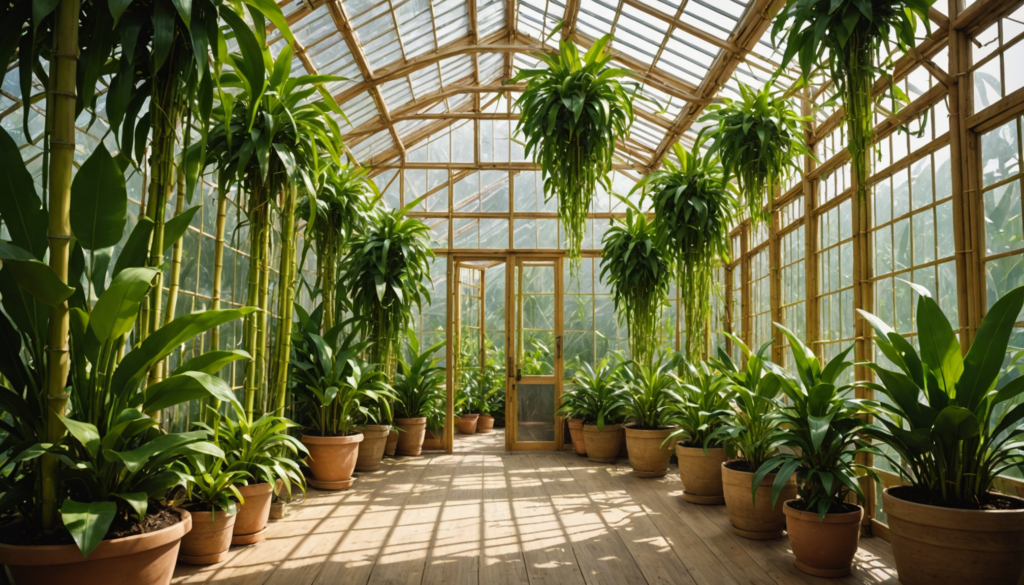
Modern vanilla cultivation combines sustainable methods and controlled environment agriculture. Many growers use vertical farming to raise Vanilla Plants in regions that lack native habitat conditions. This approach often cuts water use and energy costs while improving harvest reliability.
Sustainable Practices for Cultivating Vanilla Bean Plants
Sustainability guides much of the current focus on growing vanilla. Organic products and drip irrigation keep moisture balanced without overwatering. Indoor spaces maintain a humid and warm environment, which is key for producing pods of vanilla seeds. These vining orchids grow air roots that attach to stakes or bark, allowing them to climb up to 30 meters in some conditions.
Expert Recommendations for the Future of Vanilla Cultivation
Experts see year-round vanilla production in climate-controlled greenhouses as a practical option for commercial vanilla (Hortigeninsights). These environments provide filtered light and maintain 60-70°F (15-21°C) with 80-85% humidity. Pollination often relies on precise, hands-on methods since each beautiful orchid-like flower lasts only one day. Growers expect a 6-9 months period for pods to mature and gradually begin to turn yellow before harvest.
Innovative Growing Techniques and Technology
Advanced tools boost success rates for growing Vanilla Plants. Smart monitoring systems track light and temperature in real time, while LED lamps mimic sun patterns for strong growth (BHG). Automated humidity controls keep a moist environment that helps plants thrive. These techniques shorten the bit of time required for each stage of development, making it easier to produce vanilla beans at scale.
Conclusion
Growing vanilla beans at home is an exciting journey that requires patience and attention to detail. With the right growing conditions – including proper humidity, indirect sunlight, and well-draining soil – you can successfully cultivate these precious vanilla orchids in your own space. Remember that maintaining consistent care through proper watering, regular fertilization, and careful attention to temperature will help your Vanilla Plants thrive.
While growing vanilla beans takes time and dedication, the reward of harvesting your own homegrown vanilla beans makes it all worthwhile. Whether you’re planning to make vanilla extract, enhance your culinary creations, or simply enjoy the satisfaction of nurturing these remarkable plants, your vanilla growing adventure is sure to be a fascinating learning experience. Keep exploring and experimenting with different techniques as you develop your vanilla gardening skills!
FAQs
1. What are the key differences between growing vanilla beans from cuttings versus seeds, and why are cuttings preferred?
Vanilla bean plants are typically propagated via cuttings rather than seeds. Vanilla orchid seeds rarely germinate under normal conditions. Cuttings provide a faster and more reliable method for establishing vigorous vines. They also save time and increase the likelihood of producing vanilla beans.
2. What are the essential environmental conditions required for successfully growing vanilla bean plants at home?
Essential environmental conditions include: Temperature: 70–85°F (21–29°C), Humidity: 60–80%, Light: Bright, indirect (50–70% intensity), Proper air circulation, and a sturdy support system for the climbing vines.
3. How do I know when my vanilla beans are ready for harvest, and what are the key indicators of ripeness?
Vanilla beans are ready for harvest when: The tips begin to turn yellow, The pods feel firm yet slightly flexible, Subtle wrinkles appear on the pod surface, The pod has an even hue. They mature 8-9 months after hand pollination.
4. What are the common problems encountered when growing vanilla bean plants, and how can they be addressed?
Common problems include:
- Yellow leaves (overwatering): Reduce watering and improve drainage.
- Brown leaf tips (dry air): Increase humidity.
- Slow vine growth (insufficient light): Relocate the plant to a brighter location.
- Root rot (poor drainage): Improve drainage.
5. What are the nutritional needs of vanilla bean plants, and how should they be fertilized?
Vanilla plants need:
- Balanced nutrients (nitrogen, phosphorus, potassium).
- Trace elements (manganese, zinc, magnesium).
- A 30-10-10 NPK ratio during active growth.
- Fertilization schedule:
- Spring/summer: a balanced NPK fertilizer with a 30-10-10 ratio, diluted to one-quarter strength, every two to three weeks.
- Fall/winter: a low-nitrogen blend, using one-eighth strength, applied monthly.
- Flowering: a high-potassium fertilizer, at one-quarter strength, every three to four weeks.

